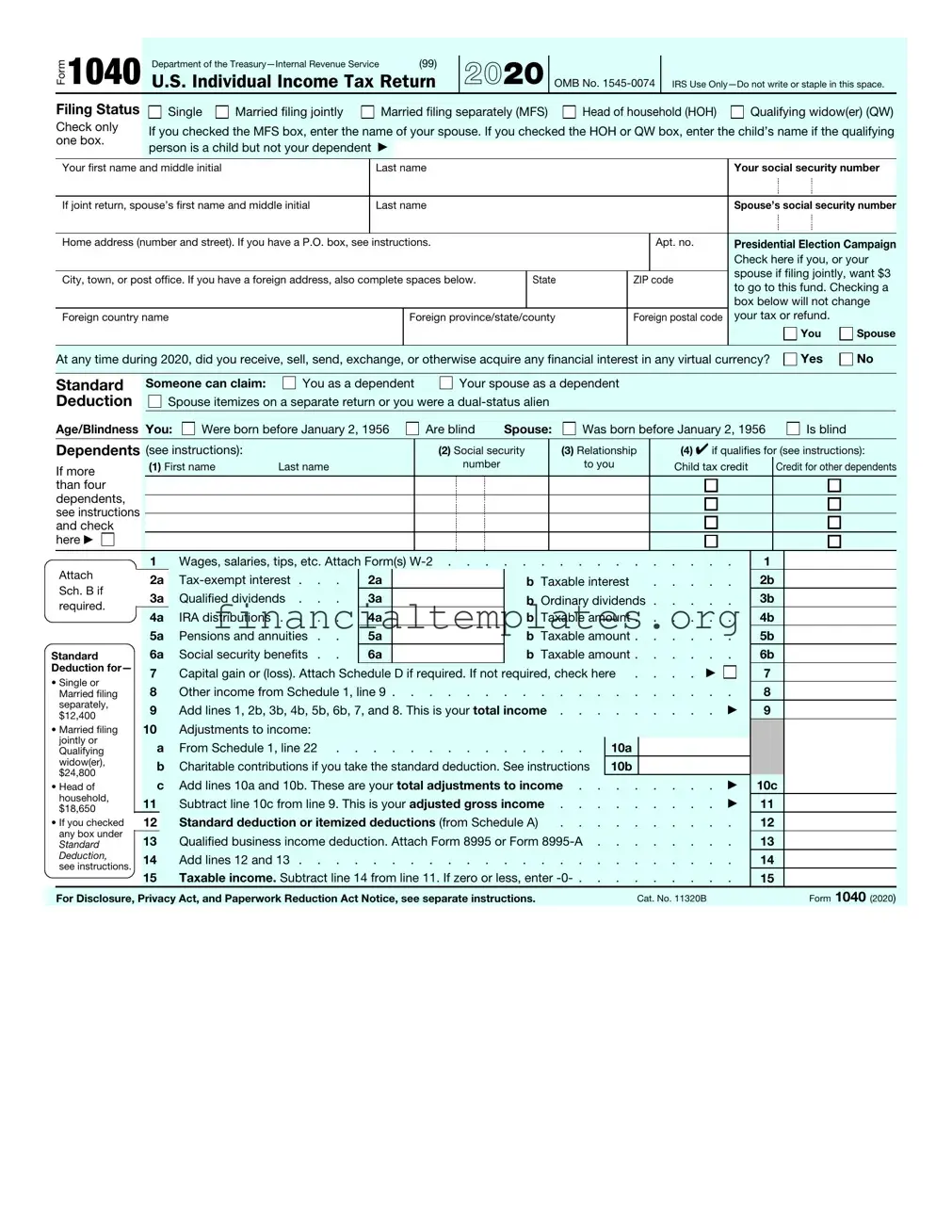The IRS 1040 form is a crucial document for filing individual federal income tax returns in the United States, detailing an individual's financial income and taxes due. Similar documents, though serving different jurisdictions or purposes, share this foundational concept of reporting income and determining tax obligations. Each document, in its essence, serves as a bridge between the taxpayer and the taxing authority, ensuring the fair assessment and collection of taxes.
One analogous document is the IRS Form 1041, the U.S. Income Tax Return for Estates and Trusts. This form is used by fiduciaries to report the income, deductions, gains, losses, and tax liability of estates and trusts. Similar to the 1040, it ensures that income generated by these entities is appropriately taxed, playing a crucial role in the taxation of non-individual entities. Both forms require the calculation of taxable income and the application of relevant tax rates to determine the amount of tax owed.
Another document is the Schedule C attached to the IRS Form 1040, used by sole proprietors to report profits or losses from their business activities. While technically a part of the overall 1040 submission for those who are self-employed, the Schedule C demands detailed reporting of business income and expenses, akin to the broader income and deduction reporting on the 1040 form itself. Both documents ensure the accurate reporting of income and the fair calculation of taxable income and tax dues.
The IRS 1120 form, used by corporations to file their income tax returns, shares similarities with the 1040 form as well. It requires corporations to detail their income, losses, deductions, and credits to determine their federal tax liability. Like the 1040, the 1120 is fundamental in making sure that entities contribute their fair share to public coffers, based on their income levels.
The W-2 form, issued by employers, is utilized by employees to report wages, tips, and other compensation to the IRS when filing their 1040 forms. The W-2 is a precursor to the 1040, providing essential information that feeds into the tax return process. Both documents are integral to the accurate reporting and taxation of employment income.
Similarly, the 1099-MISC form, which freelancers and independent contractors receive, mirrors the function of the W-2 but for non-employee compensation. It's used by the recipient in conjunction with the IRS 1040 form to report self-employment income. Both the 1099-MISC and the 1040 facilitate the fair taxation of all forms of income, ensuring that everyone pays their due share.
On the international scene, the U.S. Form 1040-NR serves non-resident aliens in reporting their U.S.-sourced income. Much like the standard 1040 form used by residents, the 1040-NR ensures that income earned within the U.S. by individuals who do not live in the country is subjected to appropriate taxation.
In the Canadian context, the T1 General form performs a similar function to the IRS 1040 form, being used by individuals to file their personal income tax and benefit return. Though it caters to the Canadian revenue system, its fundamental purpose of reporting income, calculating deductions, and establishing tax owed parallels that of the IRS 1040.
Lastly, the UK’s Self Assessment tax return is Britain’s counterpart to the IRS 1040, required from individuals who have received income that is not automatically taxed at source. Like the 1040, it demands a comprehensive account of an individual’s income and deductions over the tax year, determining the amount of tax to be paid directly to the government. It embodies the same principles of fair taxation based on individual earnings.
Through these comparisons, it is evident that while tax forms may vary by jurisdiction or specific taxpayer circumstances, their core function of income reporting for the purpose of tax calculation is a universal aspect of tax administration worldwide.



